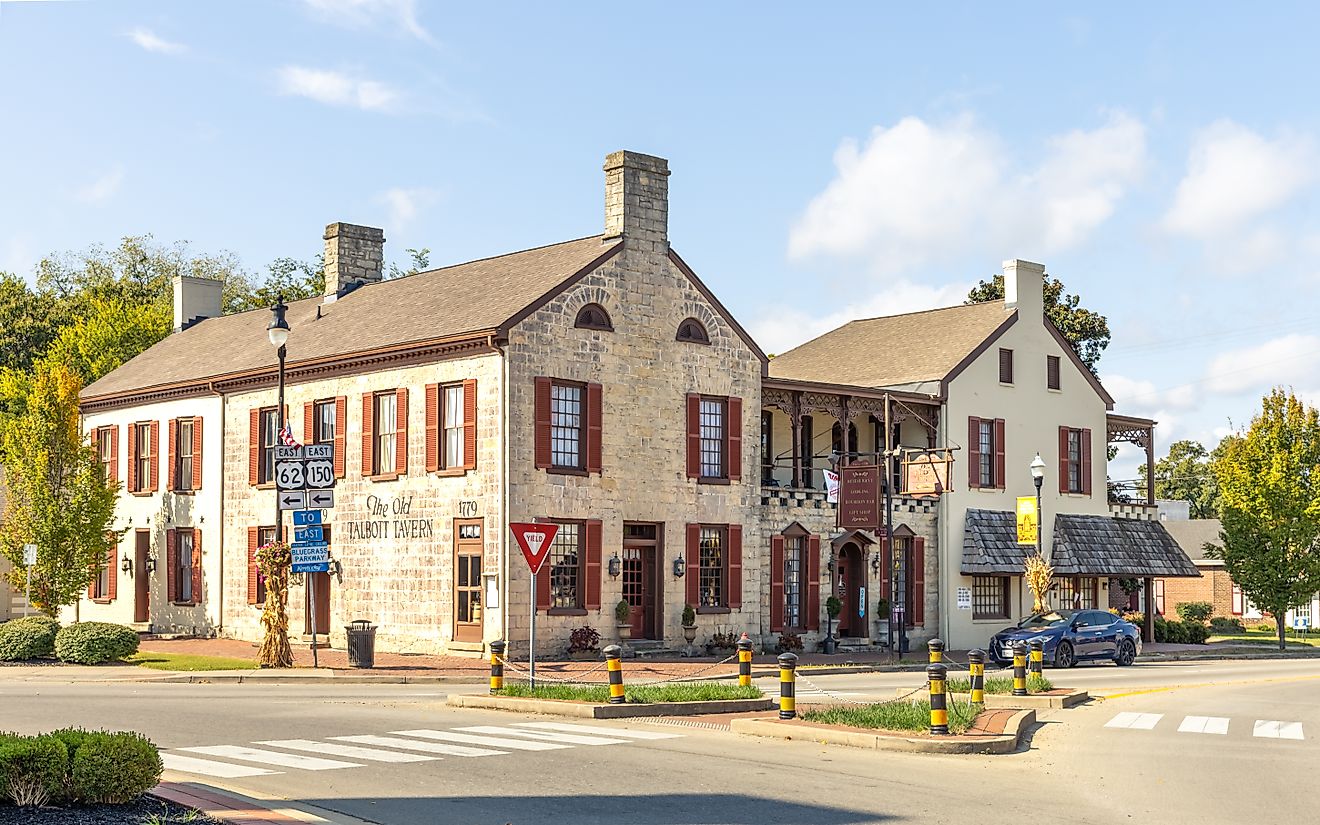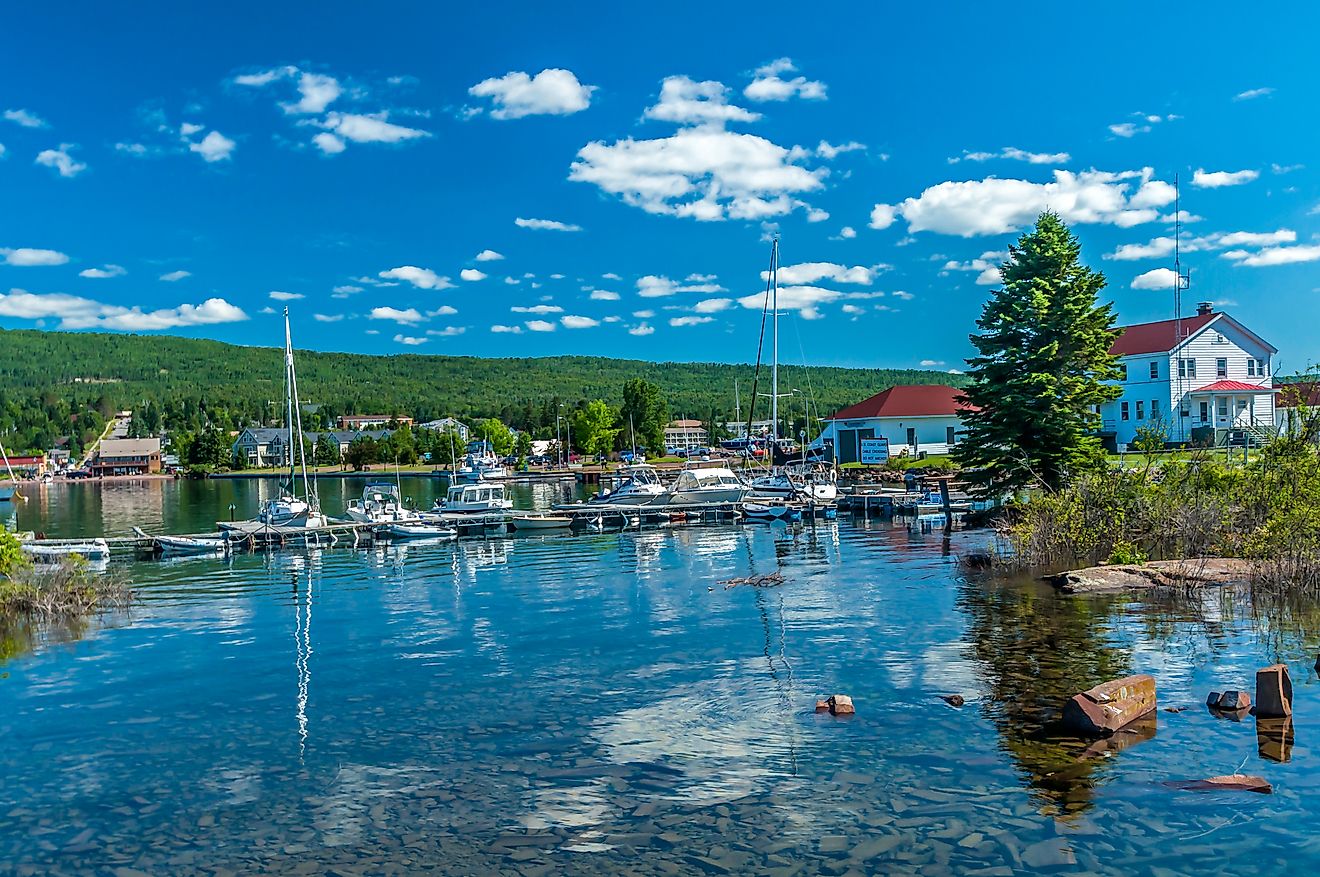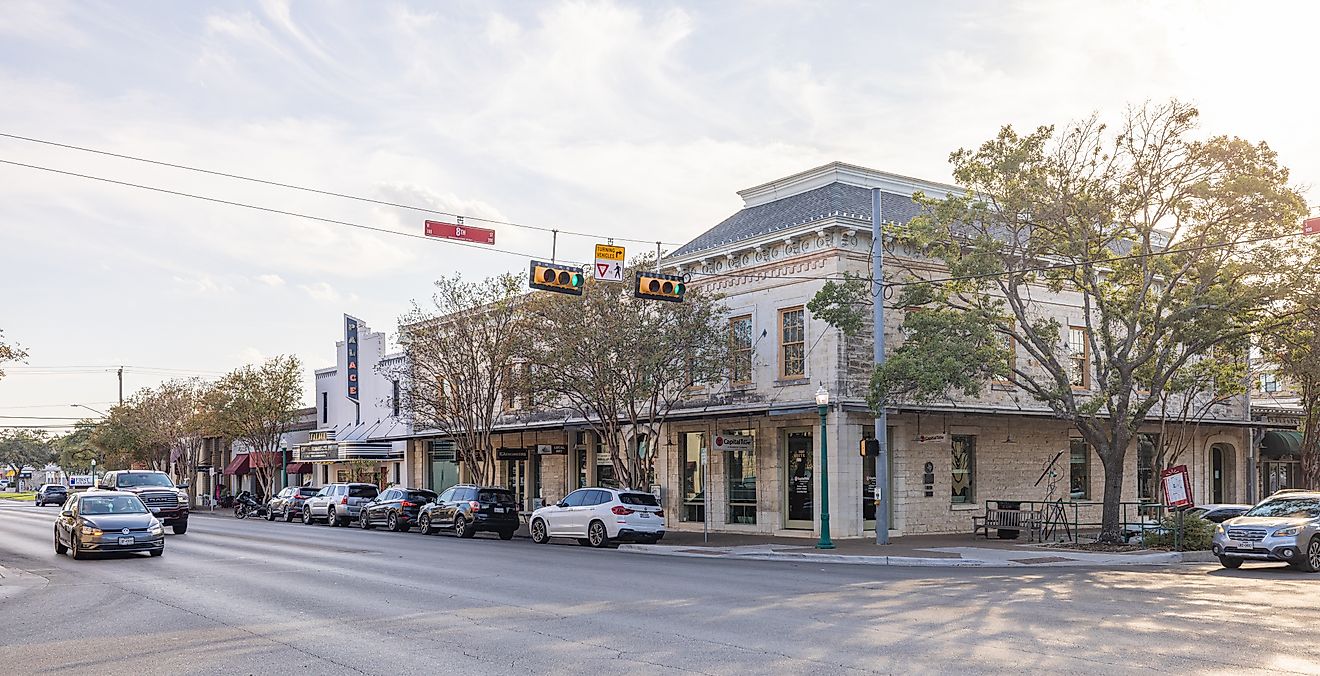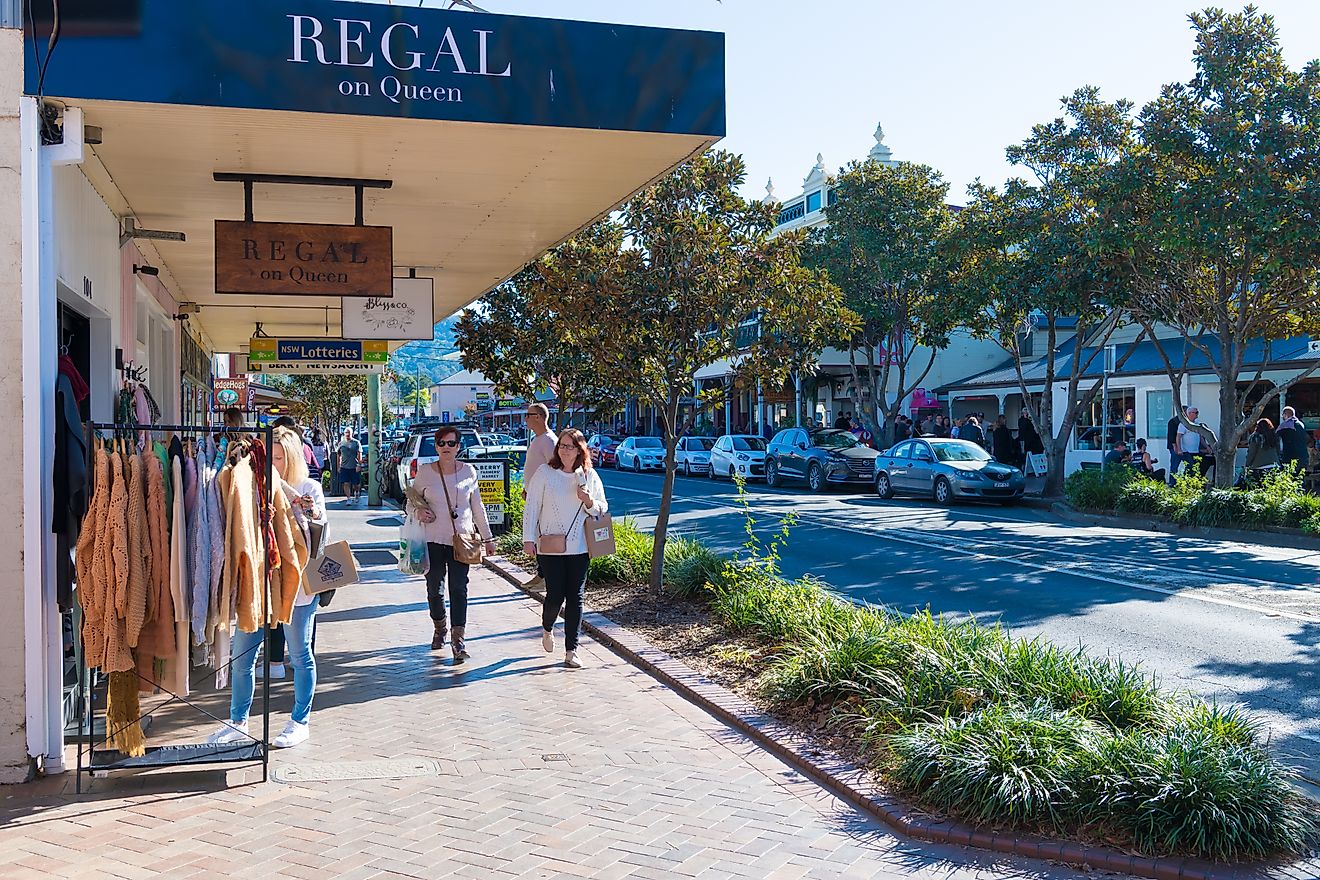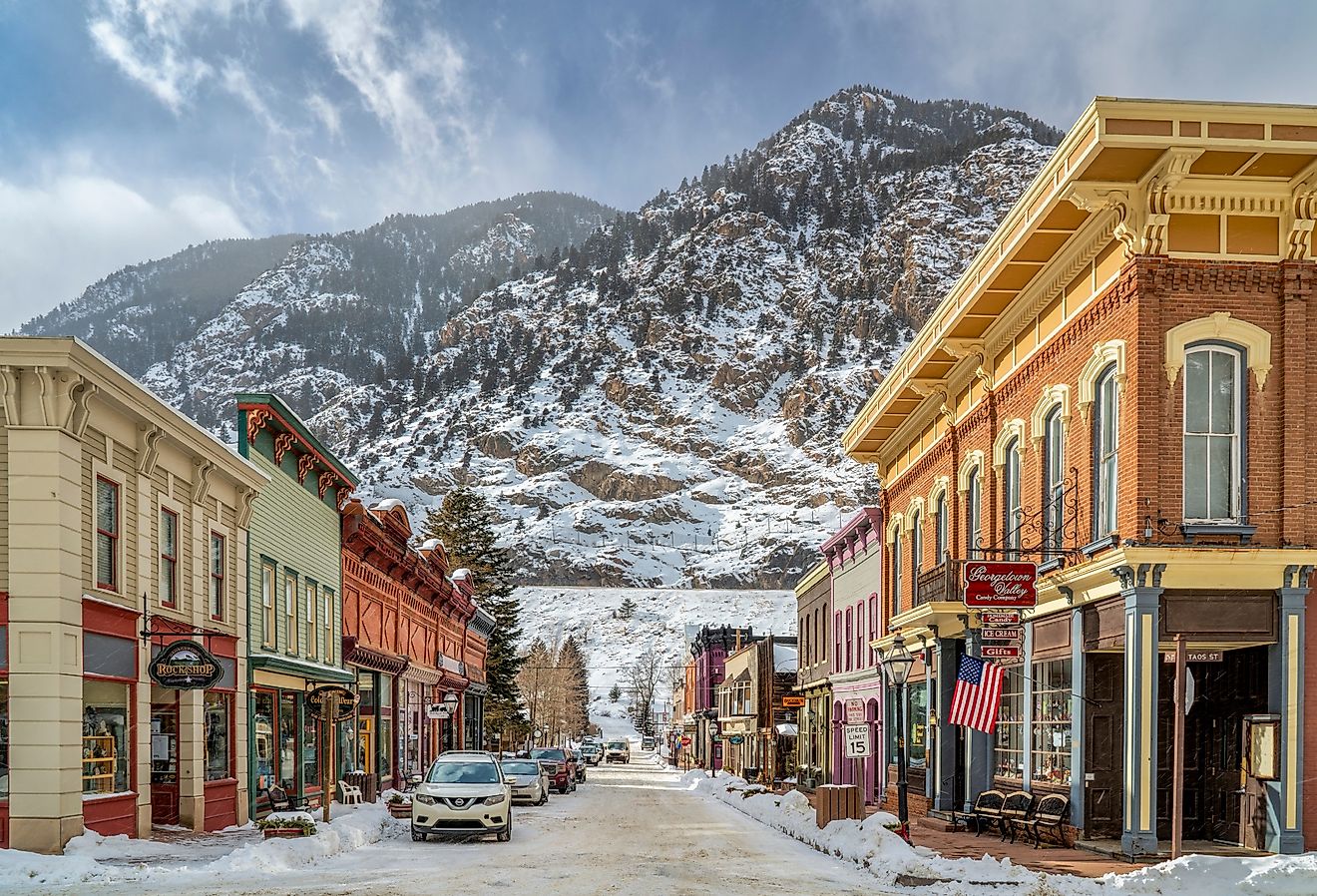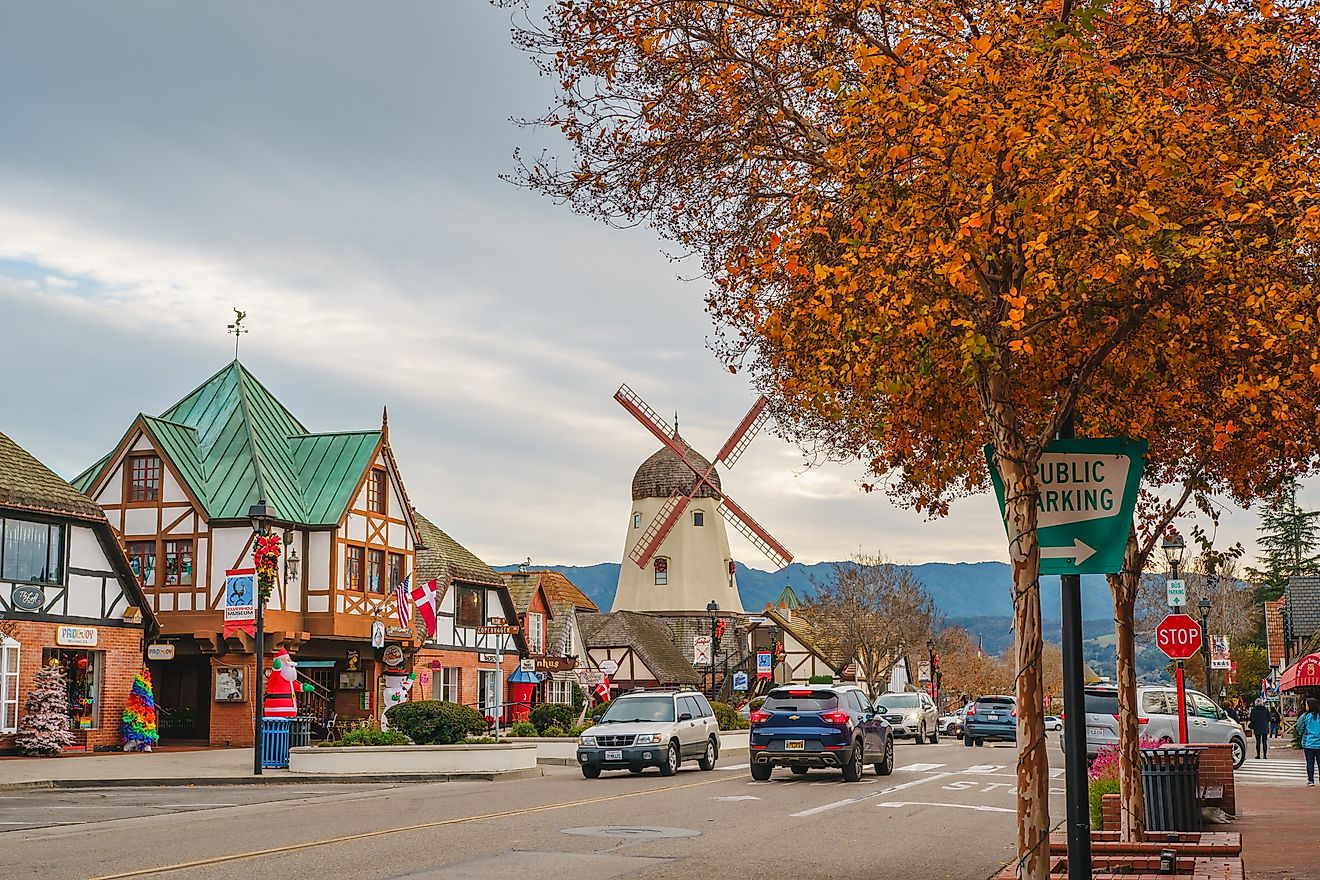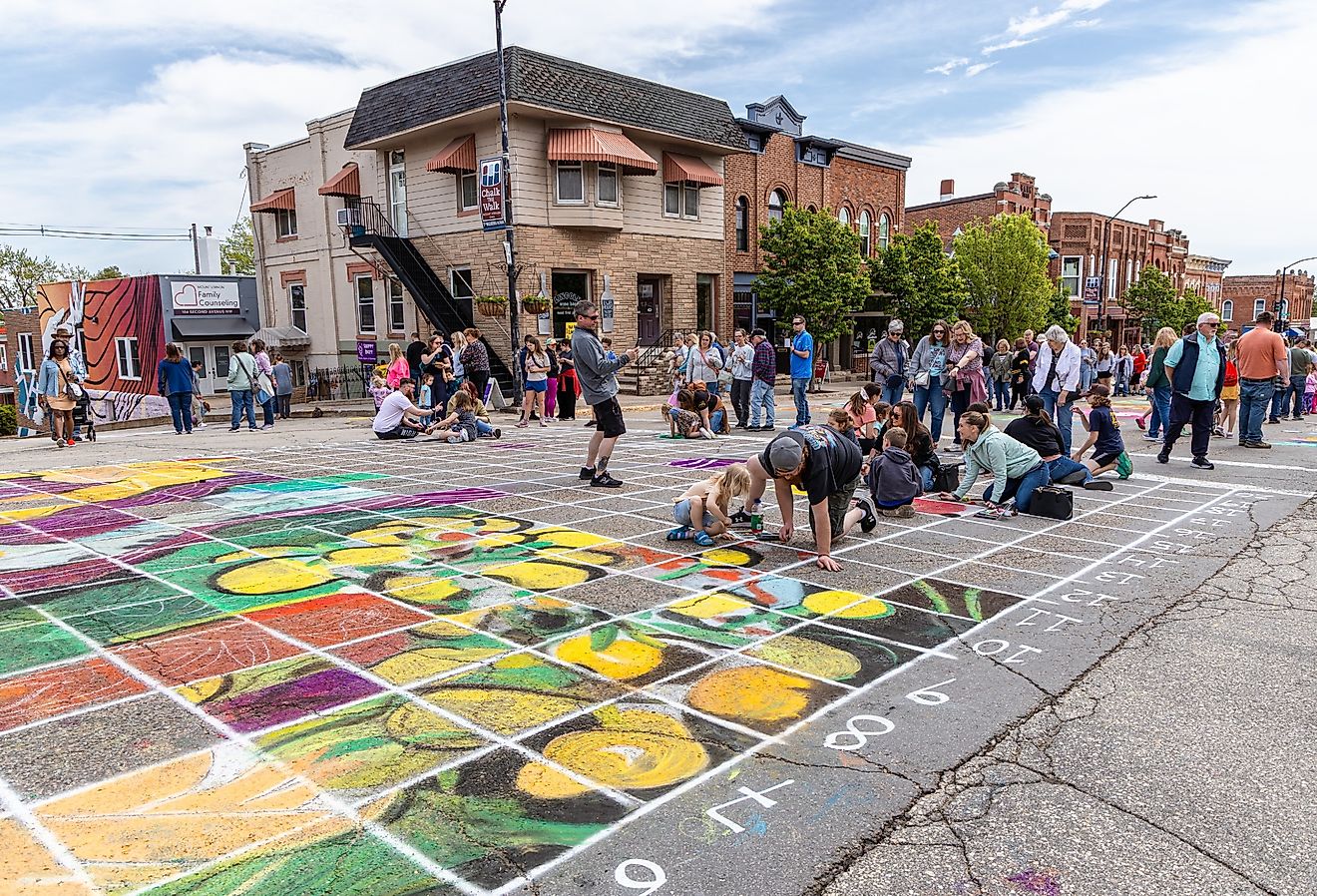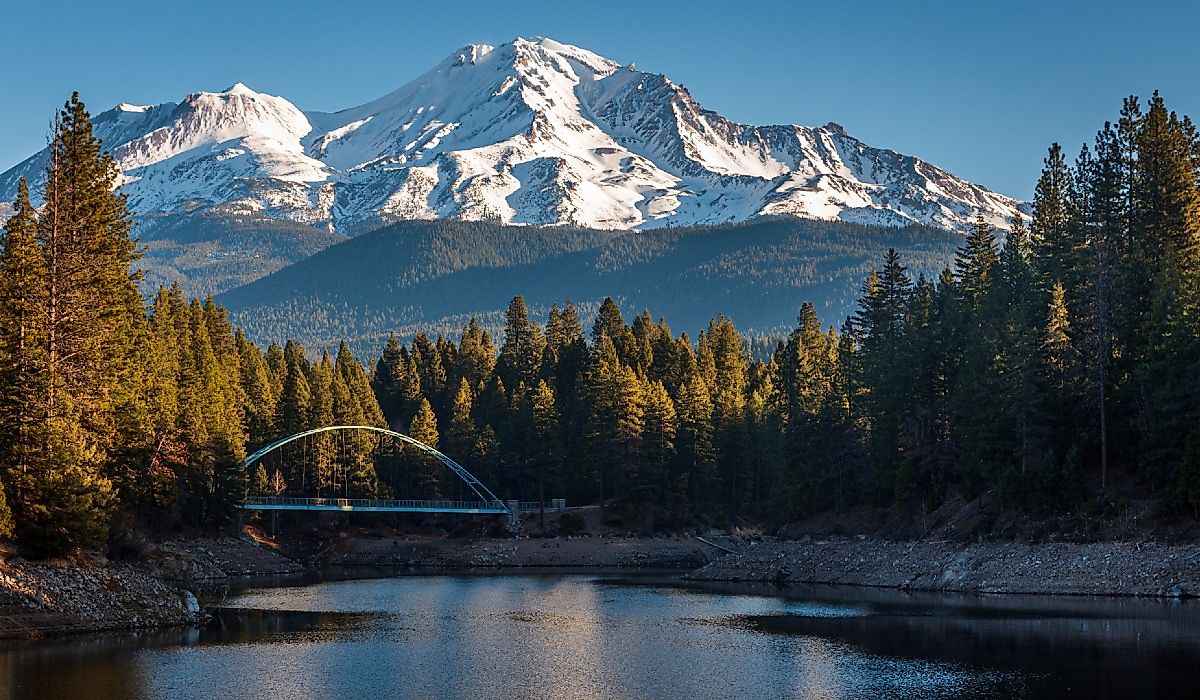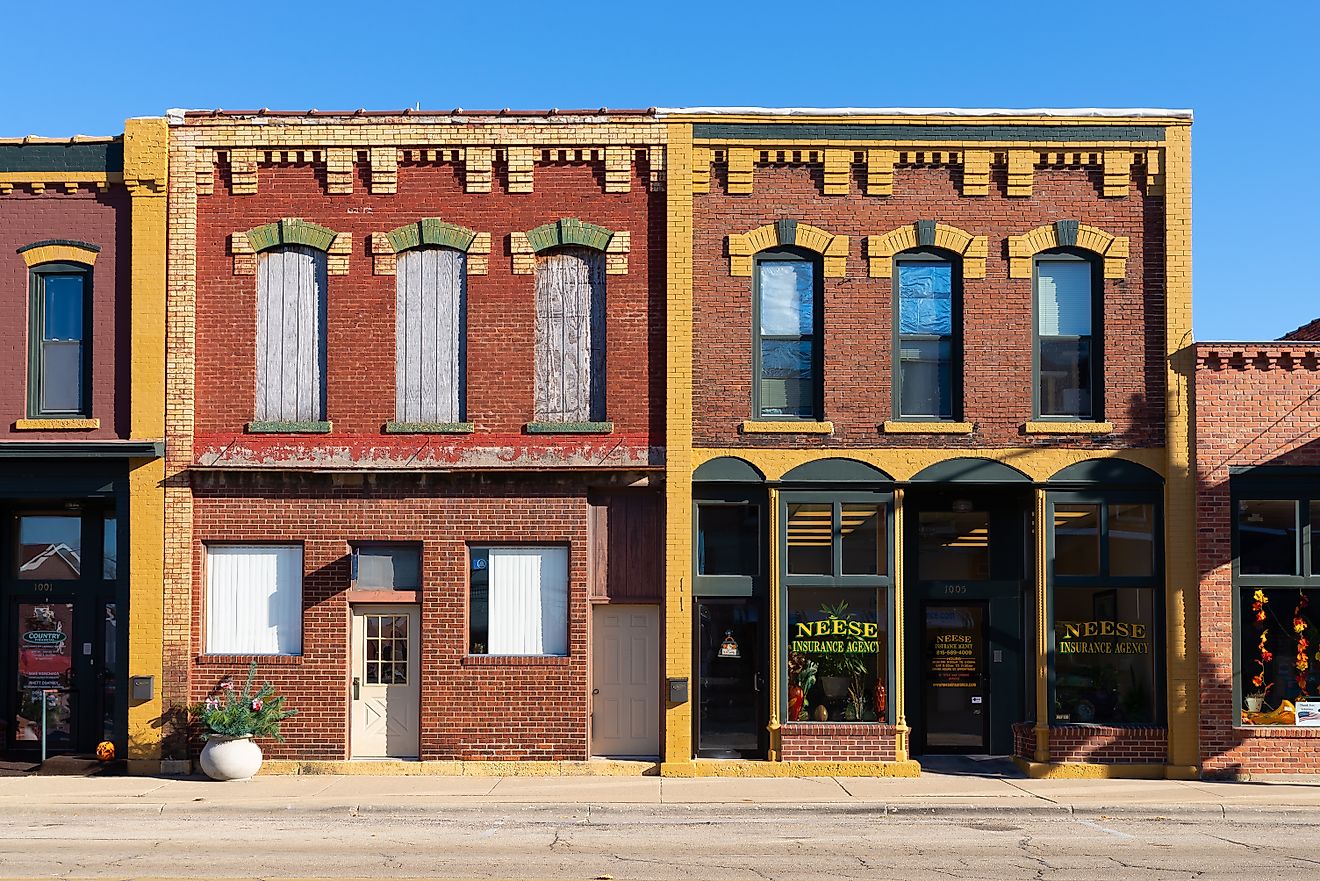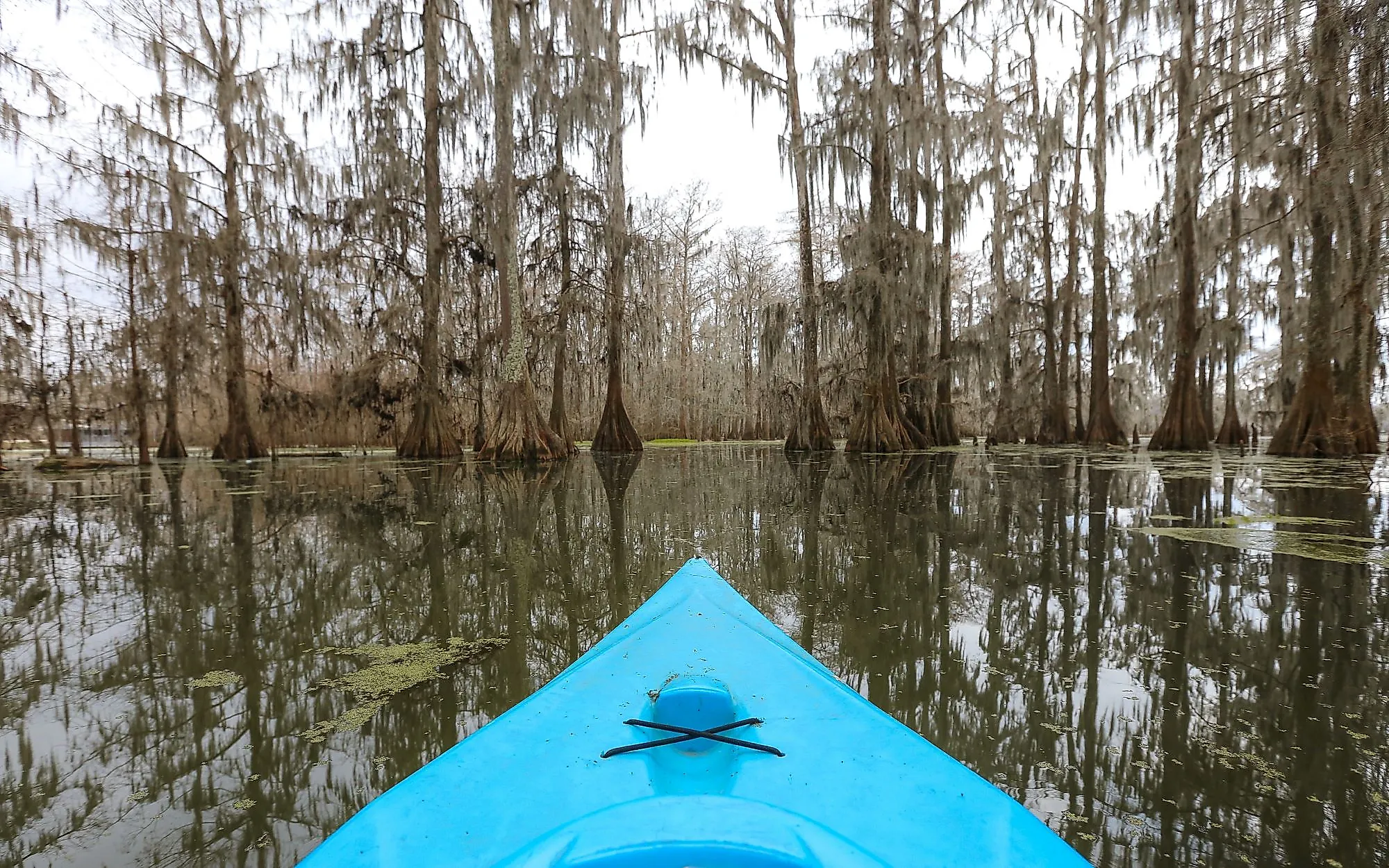
Breaux Bridge, Louisiana
Breaux Bridge, Louisiana, holds the title of being the world’s Crawfish Capital. Acadian settlers began to populate the region in the latter half of the 1700s, but the area is recognized as having been occupied since time immemorial by the Indigenous people called the Chitimacha. Breaux Bridge’s annual Crawfish Festival has been held nearly every year since its initiation in 1960, and people flock to the city in droves to experience the weekend-long celebration of Cajun heritage. The festival includes concerts from dozens of bands, carnival rides, cooking competitions, and Cajun cuisine. While the Crawfish Festival is what Breaux Bridge is most famously recognized for, the town exhibits a fascinating culture and history that extends far beyond their weekend of revelry.
Geography Of Breaux Bridge
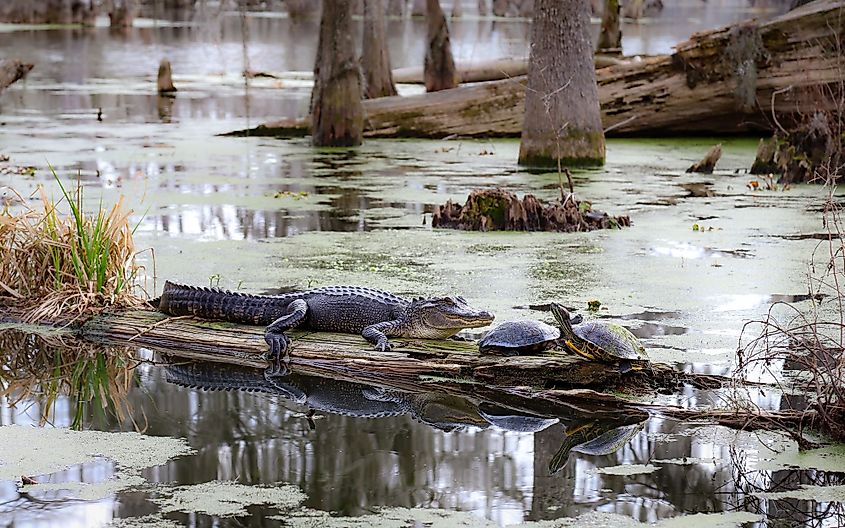
Breaux Bridge belongs to the Saint Martin Parish and is nestled on either side of the Bayou Teche, the main course of the Mississippi River. The town is encircled by rivers and waterways, including the Atchafalaya Basin, North America's largest river basin. Breaux Bridge is a breathtaking stop along the tourism route known as the Bayou Teche Scenic Byway, along which travelers can experience unparalleled views and witness the bountiful nature – from cypress trees and water lilies to alligators and water birds – that exists within the Saint Martin Parish. In fact, neighboring Lake Martin is the largest nesting area of wading birds in the whole country. As such, it is listed among the top ten locations for bird watching in the United States. Having earned the title of Crawfish Capital of the World, it should come as no surprise that fishing, in general, is world-renowned in Breaux Bridge and surrounding regions.
Climate Of Breaux Bridge
The perfect time to visit Breaux Bridge is either between early April and late May or from September end to the end of October. These are recognized as the region’s warm months, while the summer heat is known to become oppressive. The coldest month in Breaux Bridge is January, with average temperatures ranging from a low of 6.6°C and a high of 16.1°C. Luckily, Breaux Bridge’s windy winter season is relatively short, beginning in early December and typically easing into warmer weather by the end of February. Breaux Bridge experiences consistent cloud coverage throughout the year; in July – the cloudiest month of the year – the skies above Breaux Bridge are overcast more than 50% of the time. June in Breaux Bridge experiences the most rain, and an average of 5.5 inches of rainfall can be expected. Should visitors find themselves desirous of clearer skies, they would do well to visit in October, where the skies are at least partially clear 67% of the month.
Brief History Of Breaux Bridge
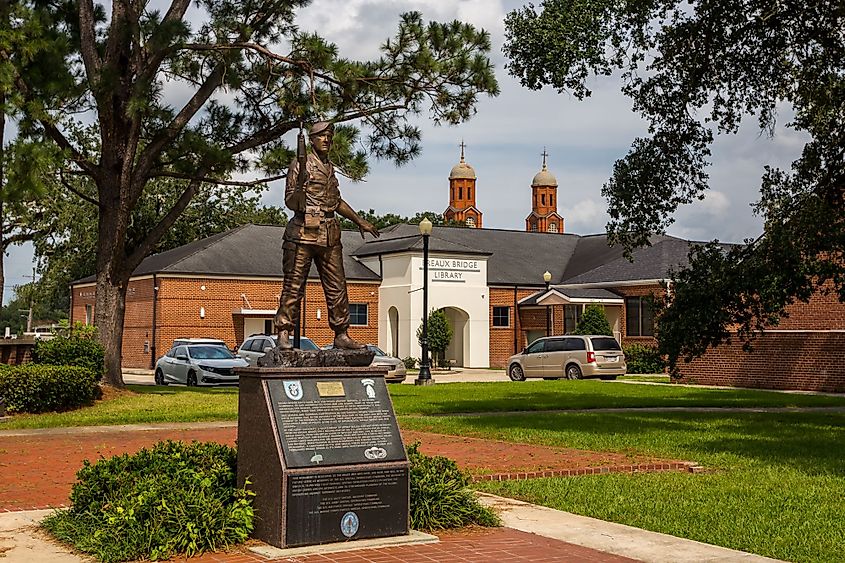
When French and Spanish colonists arrived with the intent of settling the Bayou Teche, they brought with them infectious diseases to which the Indigenous Chitimacha people had no previous exposure or resistance. Besides, the destruction caused by the introduction of new diseases and the conflicts and wars over territory decimated the area’s Indigenous population. However, the Chitimacha survived colonization, and they at present retain an influential presence in modern-day Breaux Bridge. The significance of the Chitimacha people is exhibited in the 20-foot-long snake sculpture in Parc des Ponts de Pont Breaux, depicting each town along Bayou Teche. The sculpture is a reference to the Chitimacha’s founding legend, and it serves as a commemorative marker for visitors. Jesuits first brought sugarcane to Louisiana in 1751, and roughly 150 years later, the establishment of the Breaux Bridge Sugar Cooperative made the small center the home of the world’s first high-speed sugar mill. The first bridge built across the Bayou Teche was erected by Firmin Breaux in 1799, but it was sturdy enough for foot traffic only. When Breaux’s son, Agricole, built a vehicular bridge in 1817, he was establishing the first settlement along the Bayou to spread across either bank of the river. However, his wife is formally credited with the founding of Breaux Bridge. Finding herself in financial distress after the death of her husband, Scholastique Picou Breaux took the initiative of designing plans for a village and selling individual land lots connected by her husband’s bridge. When the waters of the nearby Bayou des Glaises and the Atchafalaya River spilled into Saint Martin Parish and broke the Protection Levee 100 years later, in May of 1927, the west bank of the Bayou Teche overflowed and covered all of Breaux Bridge in water. The damage was astronomical, and 250 residents lost their lives in the flood.
The Population And Economy Of Breaux Bridge
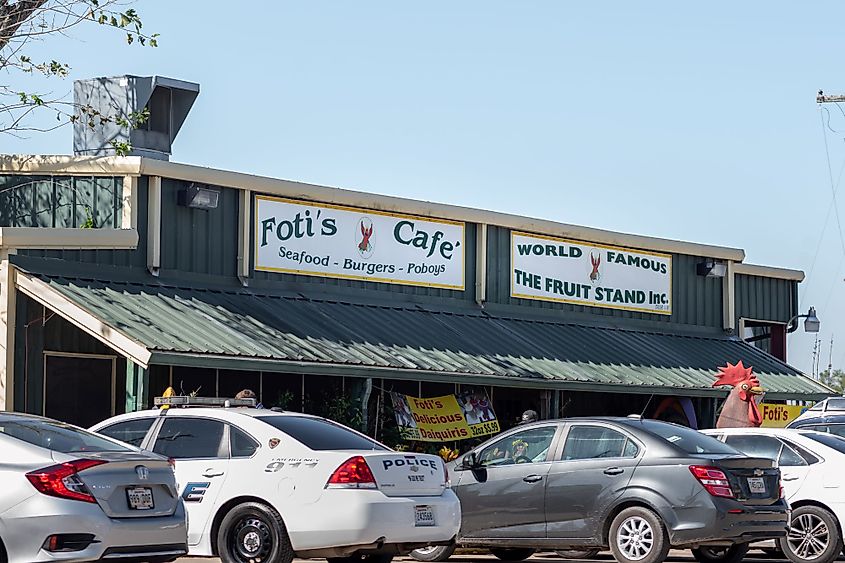
The population of Breaux Bridge grew from 654 people in 1890 to 1,239 in 1910 – nearly doubling in size over a mere 20 years. As per the 2020 US Census, 8,047 people were reported to be living in Breaux Bridge. Compared to cities of similar size, Breaux Bridge is believed to be growing relatively fast. While some reports suggest that the total population has increased at a rate of 7.1% since the year 2000, contradictory statistics show a decrease in population by 1.14% over the past ten years. The racial composition of Breaux Bridge is approximately 57% white, 39% black, 3% two or more races, and less than 1% Asian, American Indian, and Hispanic. Roughly 20% of Breaux Bridge residents are believed to earn an income that falls below the poverty line. Breaux Bridge's median household income is $43,758, which happens to fall more than $20,000 short of the median income across the country as a whole. That being said, a reported 2.79% growth in Breaux Bridge's median income indicates economic growth in recent years. While wages are recognized as being more equally distributed in Louisiana than in the rest of the United States, men continue to earn 1.53 more than that of their female counterparts.
Attractions In Breaux Bridge
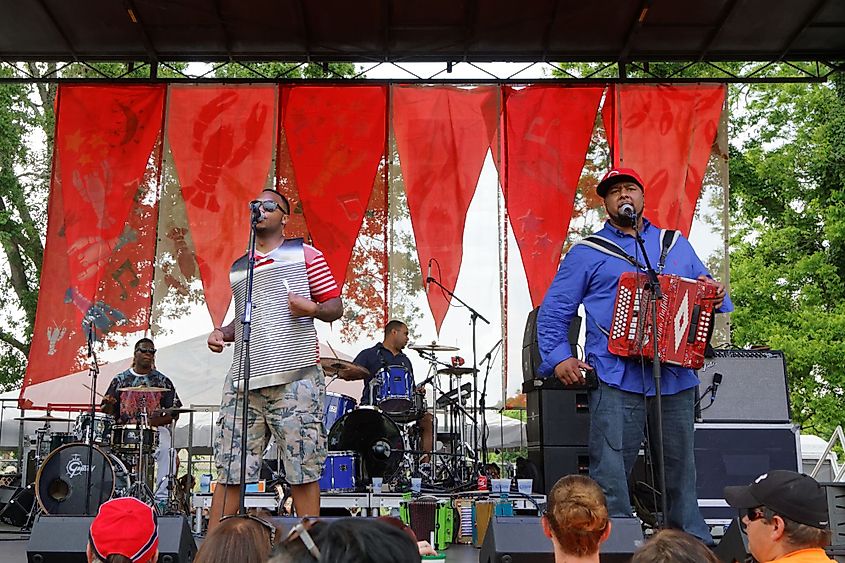
Tourists are attracted to Breaux Bridge for more than its annual Crawfish Festival. Nevertheless, it cannot be denied that this festival is a truly superb opportunity to experience Breaux Bridge’s Cajun culture. The festival involves artisan craft fairs, Cajun dance lessons, and a parade consisting of the local police, politicians, as well as talented dancers – all of which culminate in the crowning of Crawfish King and Queen! Not only were Breaux Bridge restaurants the first to offer crawfish on their menus, but so too is the city, the birthplace of the now-world-famous dish: crawfish etouffee. As such, crawfish is an essential piece of Breaux Bridge’s identity as a paradise for seafood lovers around the world.
Outside the festival, Breaux Bridge is known for its historical sites and buildings. Silvestre Broussard House, for example, was built in 1811 and remains the oldest structure in the city. Located at 205 Washington St., the cottage has housed local residents, guests, and traveling salesmen as early as the 1850s. The building is notable for its elegant French doors, the intricate hand-hewn beams fastened in place with mortise and tenon joints, 12-foot-tall ceilings with exposed beams, and the architecturally intriguing baton and bousillage walls with their plaster finishing. The cottage is still in use, presently operating as a bed and breakfast, which allows Breaux Bridge visitors an ideal opportunity to immerse themselves in the city’s cultural beginnings.
It is the combination of various factors that make the city of Breaux Bridge such a novelty for tourists. The region's rich culture and history are nothing compared to the dazzling natural landscape of rivers and bayous. It is nearly impossible to come away from a fishing expedition empty-handed when setting out near or around Breaux Bridge, and a peaceful canoe tour of the waterways is sure to satisfy the soul. That such a small town has earned a worldwide name for itself is a testament to the extraordinary character of Breaux Bridge, Louisiana.

